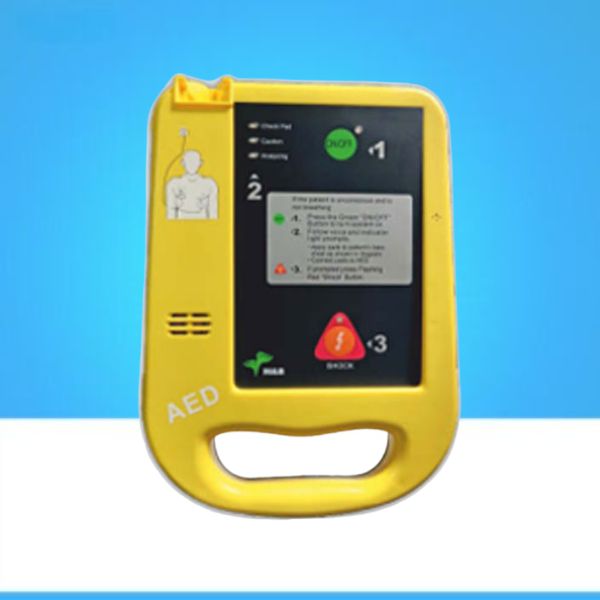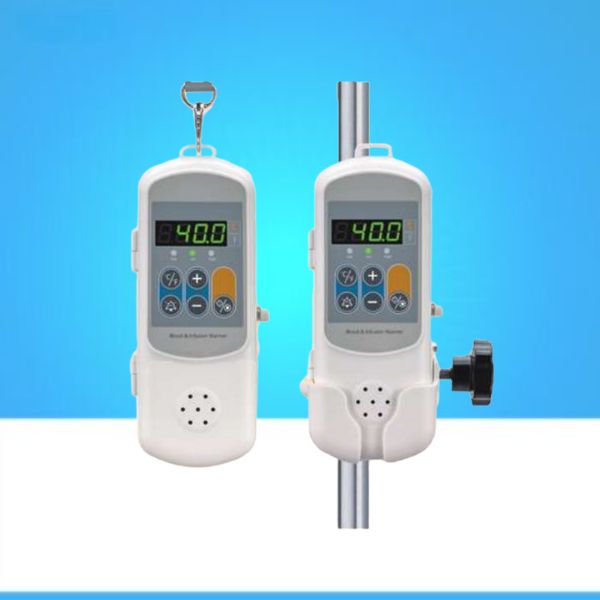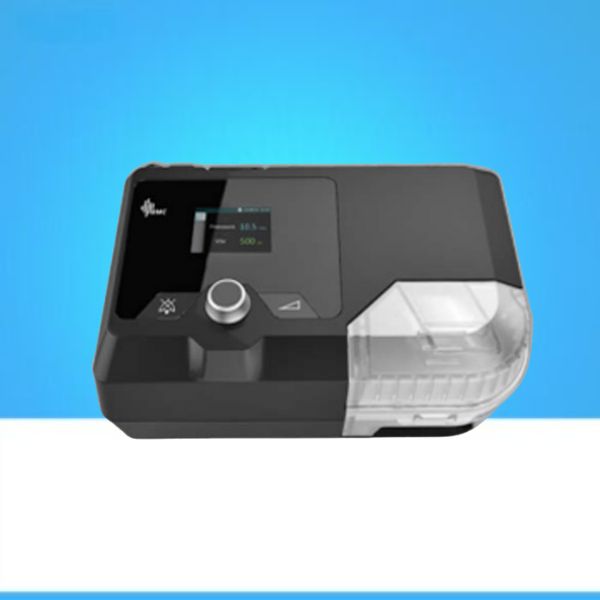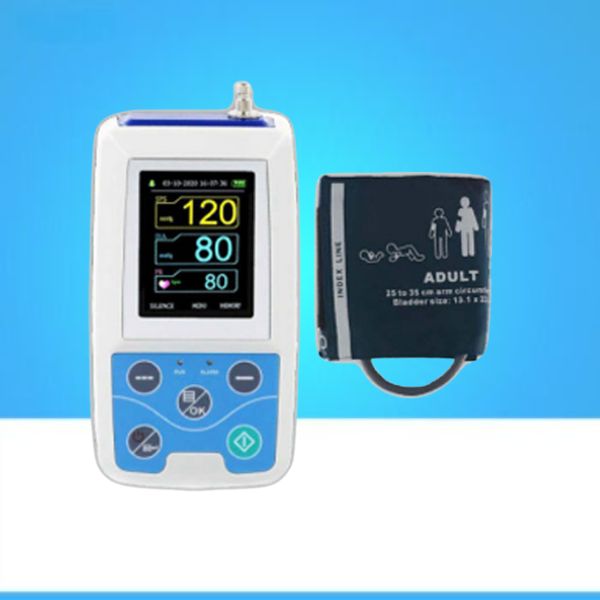Description
1. AED with ECG:
An AED with ECG provides more advanced features for healthcare providers and emergency responders. This type of AED comes equipped with an electrocardiogram (ECG) monitor that allows for real-time heart rhythm analysis. The device displays the patient’s heart rhythm and provides more detailed information regarding the type of arrhythmia or heart condition the patient is experiencing.
Key Features of AED with ECG:
- Real-Time ECG Monitoring: This version allows medical personnel to monitor the patient’s heart activity in real-time through an ECG display. It enables more accurate diagnosis and treatment decisions.
- Improved Shock Delivery: The device analyzes the heart rhythm and determines whether a shock is needed. With the added ECG, healthcare professionals can make more informed decisions based on the rhythm pattern.
- Advanced Algorithms: The AED with ECG has sophisticated algorithms that can differentiate between shockable and non-shockable rhythms, improving the effectiveness of treatment.
- Professional Use: Ideal for use by healthcare professionals such as paramedics, doctors, and nurses who require in-depth information about the patient’s cardiac status.
- Data Storage: These AEDs may store ECG data and shock delivery details, which can be accessed later for review, helping with patient follow-up and record keeping.
Benefits of AED with ECG:
- Precision in Diagnosis: The ECG feature provides more accurate heart rhythm analysis, allowing healthcare professionals to determine the appropriate course of action.
- Increased Confidence in Shock Decision: Medical responders have more confidence in their shock decisions when they can monitor real-time ECG information.
- Post-Event Data: The ability to store and retrieve ECG data is helpful for clinical analysis and post-event patient care.
2. AED without ECG:
An AED without ECG is a more basic version designed for simplicity and ease of use, typically intended for non-professional users. This type of AED automatically analyzes the heart’s rhythm and delivers a shock only if it detects a shockable rhythm (e.g., ventricular fibrillation or pulseless ventricular tachycardia).
Key Features of AED without ECG:
- Simple, User-Friendly Interface: Designed for use by laypersons with minimal training, it guides users through the entire process with voice prompts and visual indicators.
- Automatic Rhythm Analysis: The AED automatically analyzes the patient’s heart rhythm and determines if a shock is necessary, without the need for a detailed ECG display.
- Shock Only When Necessary: The device only delivers a shock if it detects a shockable rhythm, reducing the risk of unnecessary shocks.
- Portable and Compact: AEDs without ECG tend to be more lightweight and portable, making them ideal for use in public spaces, workplaces, and areas with high foot traffic.
- Battery-Powered: These devices are typically battery-operated, ensuring they are ready for immediate use in emergencies.
Benefits of AED without ECG:
- Ease of Use: AEDs without ECG are designed for use by non-medical personnel, making them ideal for schools, shopping malls, airports, and other public places.
- Cost-Effective: These devices are generally more affordable than those with ECG capabilities, making them accessible for a wider range of facilities and organizations.
- Portability: Lightweight and compact, these AEDs are easier to transport and store.
- Quick Response Time: The AED’s simple design ensures that the device can be used rapidly in an emergency situation, which is critical when time is of the essence.










Reviews
There are no reviews yet.